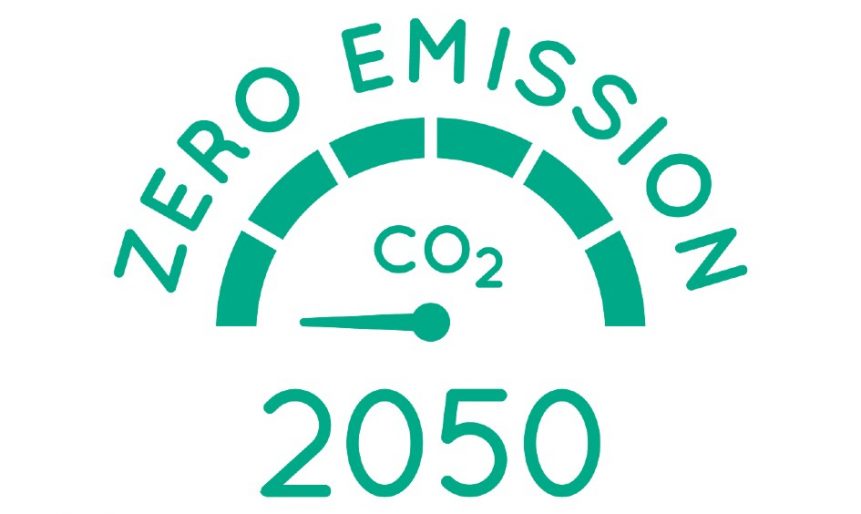Canada has set its sights on significant carbon reductions by 2030 and complete decarbonization by 2050. Such ambitious goals will no doubt change how Canadians live, work and get around. As a result, the transition to a low-carbon economy creates apprehension in some, but in others, it drives anticipation of the potential for innovation and economic growth.
Canada’s building sector has the potential to benefit from such a shift. Today, buildings account for about 30 per cent of Canada’s carbon emissions when building operations, construction and materials are considered. It ranks among the top sectors for carbon emissions reduction and as such, is a significant target for policy makers and, increasingly, investors through sustainable finance mechanisms. Over the years, many reports have shown that buildings represent the low hanging fruit when it comes to carbon emissions and it is the only sector where improvements go hand in hand with positive returns on investment.
However, new green building construction alone won’t deliver on Canada’s 2030 greenhouse gas (GHG) reduction targets. CaGBC research found that national targets can only be reached if the emissions from the large existing institutional, commercial, and multi-residential buildings are reduced at scale. While builders and developers are increasingly adopting green building approaches, owners and managers are not yet broadly retrofitting existing properties at a level that would yield meaningful carbon emissions reductions. Increasing the scope, scale, and speed of improving the carbon performance of existing buildings is crucial.
To slash building sector GHG emissions by 17 per cent below 2005 levels, Canada would have to have constructed all new large buildings to zero carbon performance starting in 2017 and through to 2030. In the same time frame, the industry could capture a maximum 51 per cent reduction by retrofitting existing buildings to low carbon.
Smart investments
As pressures to meet mandated carbon targets by 2030 and 2050 increase, the cost of inaction will continue to grow. The Supreme Court ruled in favour of the federal government’s carbon pricing plan on March 25, which will increase the price of carbon to $50 per tonne in 2022 and $170 by 2030. Further, every new building that is not built to zero carbon today will inevitably require major investments to upgrade its mechanical equipment, ventilation system, and potentially building envelope in the next 30 years.
With the right market signals and incentives, Canada can create a retrofit economy now that would yield skilled jobs for the Canadian economy, operational savings from energy and carbon reduction and better, healthier buildings for Canadians. The recent allocation of $2 billion from the Canada Infrastructure Bank for building retrofits, for example, provides a pathway for financing large scale renewal of existing buildings. Industry-trusted standards, methodologies, and certification will have to come into play to verify performance and ensure we are making progress.
Tools such as the Investor Confidence Project (ICP), and its Investor Ready Energy Efficiency (IREE) certification are helping secure financing to support much-needed energy efficiency upgrades. ICP provides a global underwriting standard for the evaluation of energy efficiency retrofit projects, with the IREE certification providing a third-party assessment that gives investors the confidence that energy savings will materialize. Projects such as Efficiency Capital’s retrofit of WoodGreen Community Housing show how innovative investment approaches can fund much-needed improvements to unlock utility and carbon savings.
Zero carbon closer than presumed
While relatively new in the market, the Zero Carbon Building Standard has received tremendous interest as the building sector looks for ways to eliminate carbon. The standard applies to new and existing buildings and balances the rigour required to ensure zero carbon performance with the flexibility needed to encourage widespread adoption. As a result, a variety of building types and sizes target and achieve zero carbon—from office towers to fire halls and warehouses— across the country. Such divergent projects prove that zero carbon is within reach for existing buildings.
Green building continues to advance new solutions and drive innovation to create the low carbon building stock needed in the future. However, it is the owners and operators of existing buildings and investors that will ultimately have the most significant impact on whether Canada will meet its carbon reduction targets. Reduction of carbon emissions of 30 per cent or more across entire portfolios are required. Owners are well advised to develop investment plans to make that happen over the next 10, 20 and 30 years to address climate risk and improve resiliency of their building stock.
Thomas Mueller is the president and CEO of the Canada Green Building Council.





